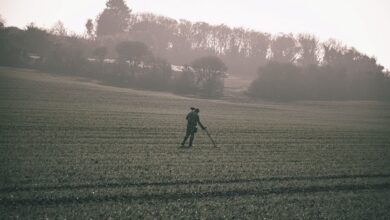The History Of Video Cameras Used To Make Movies
Discover the history Of Video camera creation from silent shadows in early motion pictures to today’s vibrant high-definition digital age.
The History of Video Cameras
Video production has evolved into a fascinating story of creativity, innovation, and technological advancement. The evolution of video production began with simple experiments in moving images. Today, it is a global industry that shapes the way we communicate, document, and entertain. This article explores the milestones in video production that have shaped the industry and sheds light on where the medium is headed.
Who invented the video camera?
The invention is often credited to John Logie Baird, a Scottish engineer who was a pioneer of early television technology. Baird demonstrated in 1925 a mechanical TV system that was capable of transmitting and capturing simple moving images. This innovation is considered to be a major step towards modern video recording. His work laid the groundwork for future developments in electronic imaging and video broadcasting. Baird improved the system over time by improving both the resolution of the images and the quality of video transmission.
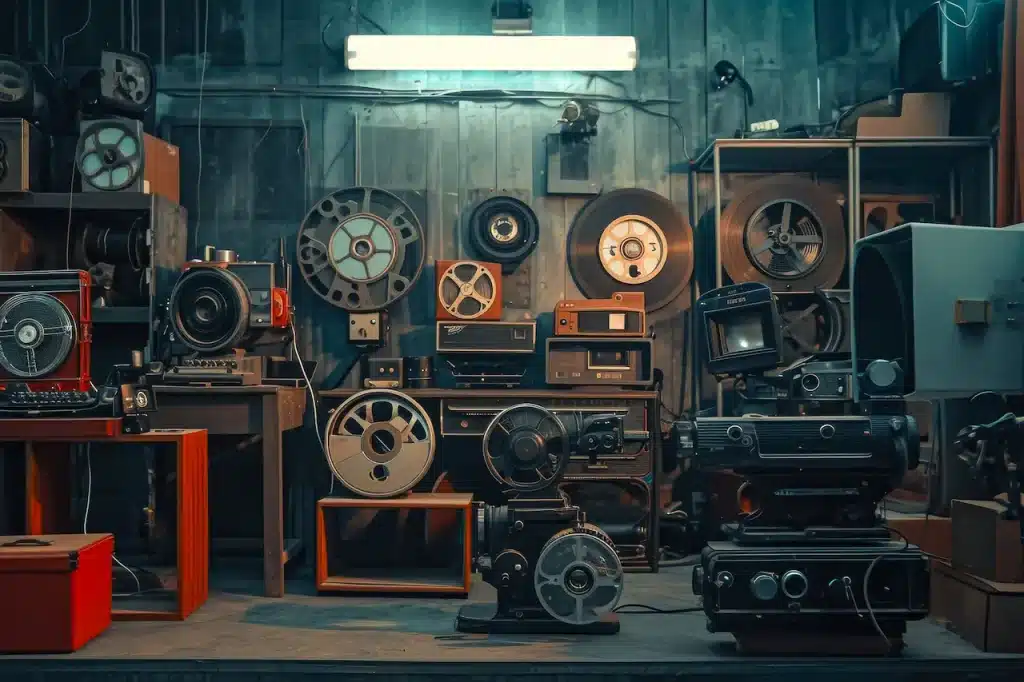
When were video cameras invented?
Baird’s invention in 1925 was the first working video camera. The journey to this breakthrough began much earlier. Ancient tools, such as the Camera obscura for projecting pictures, gave early insight into light and visual manipulation. This was a critical conceptual foundation for modern imaging and optics.
Video cameras have also evolved as a result of significant advancements in motion-picture technology. In the 1880s, Louis Le Prince created one of the earliest devices that could record motion with a single lens camera and film. It was the beginning of motion pictures and the foundation for cinematic technology. Video camera technology has evolved rapidly over the last century, from Le Prince’s first frames to Baird’s moving images to today’s compact digital devices.
The Birth of Moving Pictures
Video production has its roots in the late 19th century, when inventors around the world started experimenting with image and motion capture. The Kinetoscope was one of the most important breakthroughs in the 1890s, created by Thomas Edison with his assistant William Kennedy Laurie Dickson. This peephole device was a breakthrough in visual entertainment, allowing one person to view short films at a given time.
In 1895, Auguste & Louis, the Lumière Brothers from France, unveiled the Cinematographe. This innovative device, unlike the Kinetoscope, could record, develop and project motion pictures to a larger audience. The first public screening of their film is considered by many to be the beginning of cinema. It laid the foundation for future filmmaking.
They sparked an industry-changing revolution by redefining storytelling and visual communication. The 20th century saw the transition from silent shorts into full-length feature films, and eventually the modern world of video production.
When was the first movie made?
According to how one defines a “movie,” the first motion picture sequence was recorded in 1878 by English photographer Eadweard Muybridge, who set up 24 cameras to capture a galloping horse’s movement. Each camera was activated by a tripwire to capture the horse’s motion frame-by-frame. Muybridge developed the Zoopraxiscope to project images in sequence and create the illusion of movement. This was a crucial step towards cinematic projection.
Muybridge’s experiment, while not a movie as we know it, was the first successful attempt at depicting motion using sequential images. It laid the foundation for the motion picture industry.
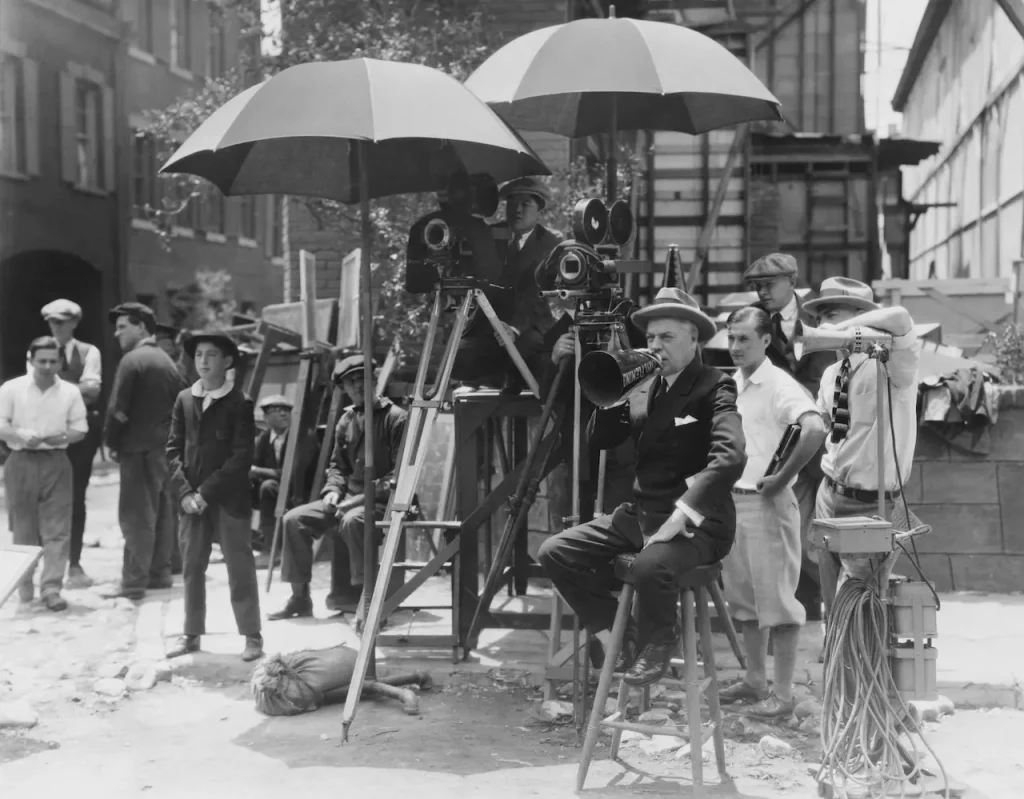
What was the first film?
Louis Le Prince is credited with creating the first motion picture in the late 19th Century. Le Prince shot the Roundhay Garden Scene in 1888. It was a short, silent sequence lasting just over two seconds. This historic clip, which was captured in Leeds, England and features four people walking through a garden, is considered to be the oldest film footage. Le Prince recorded the moving images using a single lens camera and a piece of photographic paper, which laid the foundations for cinematography. This tiny piece of history is the origin of visual storytelling today, even though film and video technologies have changed dramatically.
When was the movie camera invented?
The movie camera, also known as the cine-camera or film-camera, is a camera that captures a rapid series of images onto film or an image sensor to create the illusion of movement. The invention of the movie camera was a major milestone in modern entertainment and visual storytelling. Although photography had laid the foundation, moving images required a higher level of technical expertise.
Scientists and inventors have experimented for decades with ways to record motion. In 1882, Etienne-Jules Marey created the chronophotographic weapon. It was able to record 12 frames per second on a rotating plate. It was revolutionary in studying motion, but it wasn’t the modern movie camera.
Who invented the first movie camera?
In 1888, Louis Le Prince, a French inventor, created a single-lens motion picture camera. He used it to film what is considered the oldest surviving movie: Roundhay Garden Scene. The silent film, which shows people in a garden walking around, is considered the first motion picture. Le Prince’s Eastman paper-based camera captured motion like no other device at the time, cementing his position as a cinema pioneer.
Why isn’t Le Prince credited as the inventor of the movie camera? Le Prince mysteriously disappeared while on a trip in France in 1890, just before he had planned to present his invention in America and apply for a patent. It is one of the greatest mysteries in film history that his disappearance remains unsolved. In a 2008 article, Thomas Edison was alleged to have been involved in the disappearance of Le Prince.
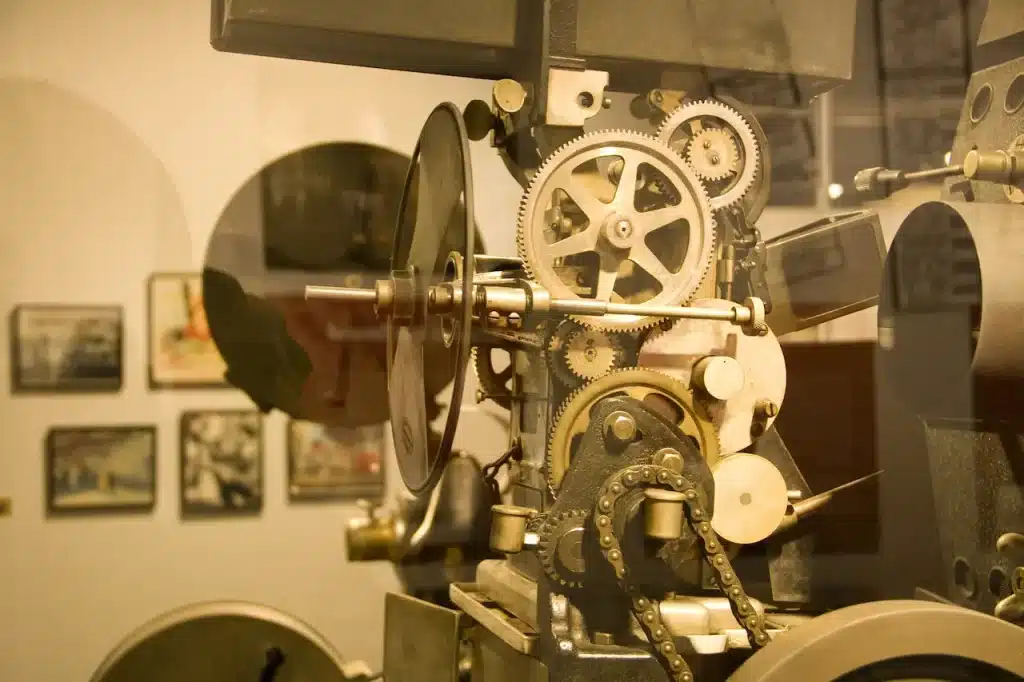
When did video cameras stop using film?
In the 1980s, the transition from film cameras to digital video cameras gained momentum, marking an important moment in the development of video technology. Sony’s introduction of the first mass-produced video camera using a charge-coupled device (CCD), instead of film, in 1983 was a major turning point. The first mass-produced video camera to use a charge-coupled device (CCD) sensor instead of traditional film was introduced by Sony in 1983. Digital video cameras have become more affordable and compact over time. They are now widely available and affordable for both consumers and professionals. In the early 2000s, the majority of video production had moved to digital formats because of their cost-effectiveness and compatibility with editing programs.
The Turning Point in Video Innovation
Video camera technology has evolved fascinatingly, from bulky analog devices to sleek digital cameras found on every smartphone. Each era saw groundbreaking innovations that changed the way we capture and share visual media.
The Analog Era (50s-1970s).
Analog technology was the beginning of modern video cameras. Ampex’s Quadruplex Videotape Recorder revolutionised television broadcasting in 1956. It was the first practical VTR. The first practical videotape recorder (VTR) was developed by Ampex in 1956.
JVC introduced the VHS (Video Home System) in the 1970s. Video recording became easier for the public. The Video Cassette Recorders used this format to allow consumers to record TV programs and home videos. This was a major step in the personal media storage era.
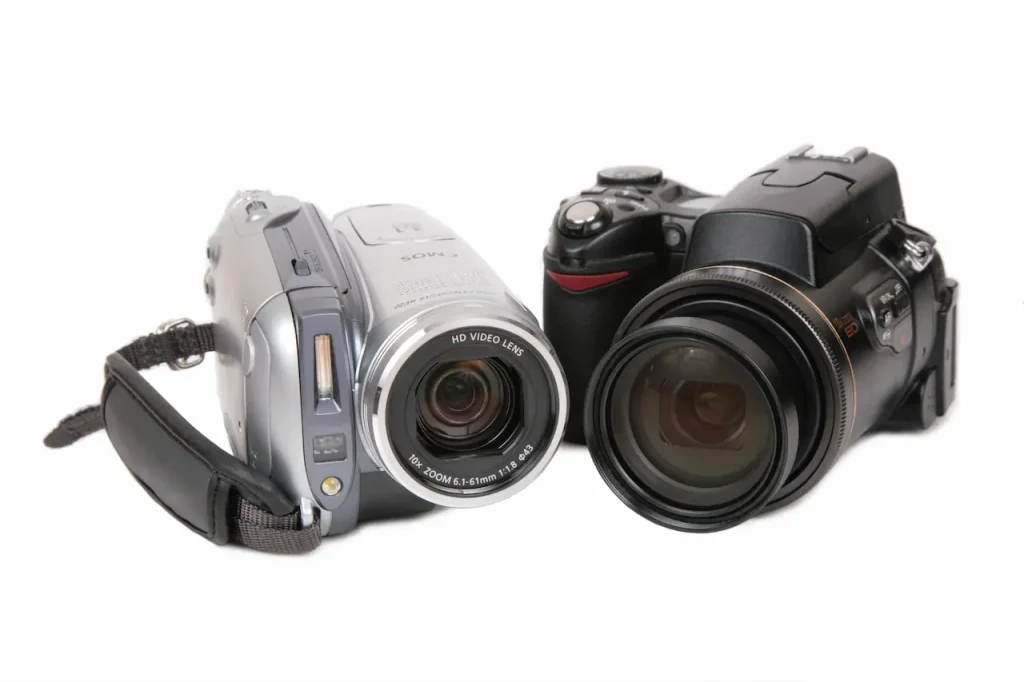
The Digital Revolution (80s-2000s).
The 1980s were the start of a significant technological shift. In 1986, Sony released the Handycam, a compact camera that made video recordings more user-friendly and portable. Video recording became a household activity after this innovation.
Video cameras began to switch from analog tapes to digital formats as digital imaging improved in the 1990s, early 2000s. This led to better image quality, easier editing and longer storage. Sony led the way with digital video cameras, which offered consumer-level quality.
The Rise of Camera Phones from the 2000s to Present
The convergence of mobile technology with video was another leap forward. Although primitive attempts to integrate cameras into mobile phones began in the late 1990s, real video capabilities started to emerge in the early 2000s. Brands like Sharp or Samsung produced phones that could record video in low resolution.
Since then, smartphones have seen rapid growth. Modern phones are able to shoot in 4K and use image stabilisation. They can also support cinematic effects.



